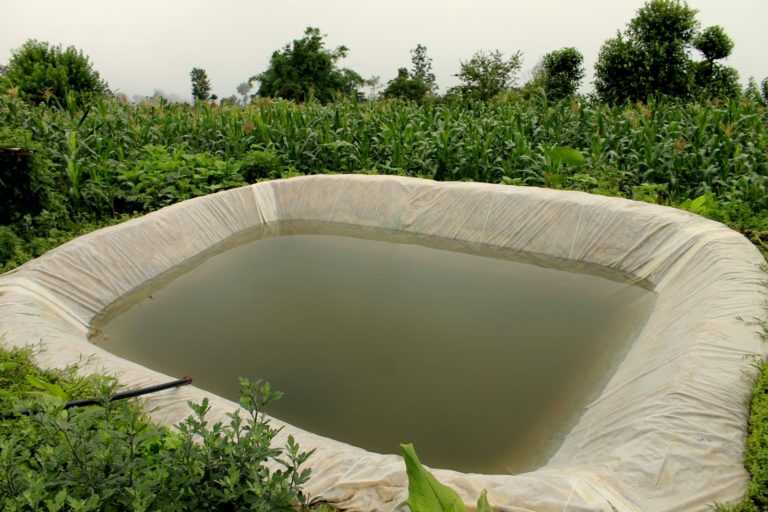
Rainwater Harvesting: Choosing a Winter-Resistant Model
Summary
- Principle and operation of the rainwater harvesting system
- Installation of a buried water collector to withstand winter
- What material should a rainwater harvesting system be made of to resist freezing?
- Protecting your rainwater harvesting system from the cold
Rainwater harvesting is very convenient, especially for watering your garden at a lower cost. But how to install a system that is operational all year round, capable of withstanding both winter and freezing temperatures?
Here’s our tip.
Principle and functioning of the rainwater harvesting system
The rainwater harvesting system allows you to collect and store rainwater for later use.
– Collecting rainwater requires specific arrangements that are more or less complex depending on the use you intend to make of the water.
– This type of arrangement has undeniable economic and ecological attractions and can also be installed in areas with poor water supply or no running water.
The advantages of the water collector are numerous:
– It allows for considerable water savings, especially if you have a garden.
– You can use recovered rainwater to:
◦ wash floors;
◦ wash the car;
◦ water garden plants;
◦ fill the pool;
◦ clean the washroom.
Installing an underground water collector to withstand winter
To protect your rainwater harvesting system, you must install it about 40 cm underground. At this level, temperatures are not ordinarily negative. Opting for a buried tank that will not be less than 40 cm from the ground’s surface is advisable.
Using an underground tank has many advantages:
– the water collected by an underground tank will not be exposed to UV light;
– it will not stagnate;
– it will not damage the pipes.
Good to know: the water recovered in this way is not pure, it can contain various elements that are harmful to health (plants, animal droppings, insects, etc.), so it must be filtered before being used for washing clothes, for example.
Which material for a frost-resistant rainwater collector?
Concrete tank
The concrete tank has outstanding qualities. Indeed, it:
– preserves the quality of the water;
– is particularly recommended for urban areas where the water is more acidic: its pH can be rebalanced thanks to the alkaline elements in the concrete.
Homopolymer polypropylene skimmers
Homopolymer polypropylene can change the pH of the water but is highly resistant to temperature variations and water pressure.
Good to know: to filter the water, place gravel at the bottom of the tank, where bacteria will settle, and partially filter the water.
Plastic skimmers

Recyclable plastic skimmers can hold up to 500,000 liters of water. These tanks are:
– very resistant to frost;
– extremely easy to maintain in winter, as they do not require winter emptying.
The significant advantage of this tank is that it does not have to be buried because it is not afraid of frost.
Protecting your rainwater collector from the cold
When autumn arrives, it is necessary to install a protection grid at the level of the gutter of your tank so that residues do not penetrate there.
If you do not have one of the rainwater harvesters described above, you must protect your tank outdoors.
You will need to drain your plastic skimmer and cut it when the weather gets cold so it doesn’t break when it freezes, so it is best to put them under cover.
Read more:
– Pipes and Wrenches | Installing a Rainwater Harvesting System
– Gutter for Rainwater Harvesting;
– 5 Steps to Install a Rainwater Harvester.
Hope this post and the above link help you with your rainwater harvest project. Do let us know what you think about this article in the comments below.

One Reply to “Rainwater Harvesting: Choosing a Winter-Resistant Model”